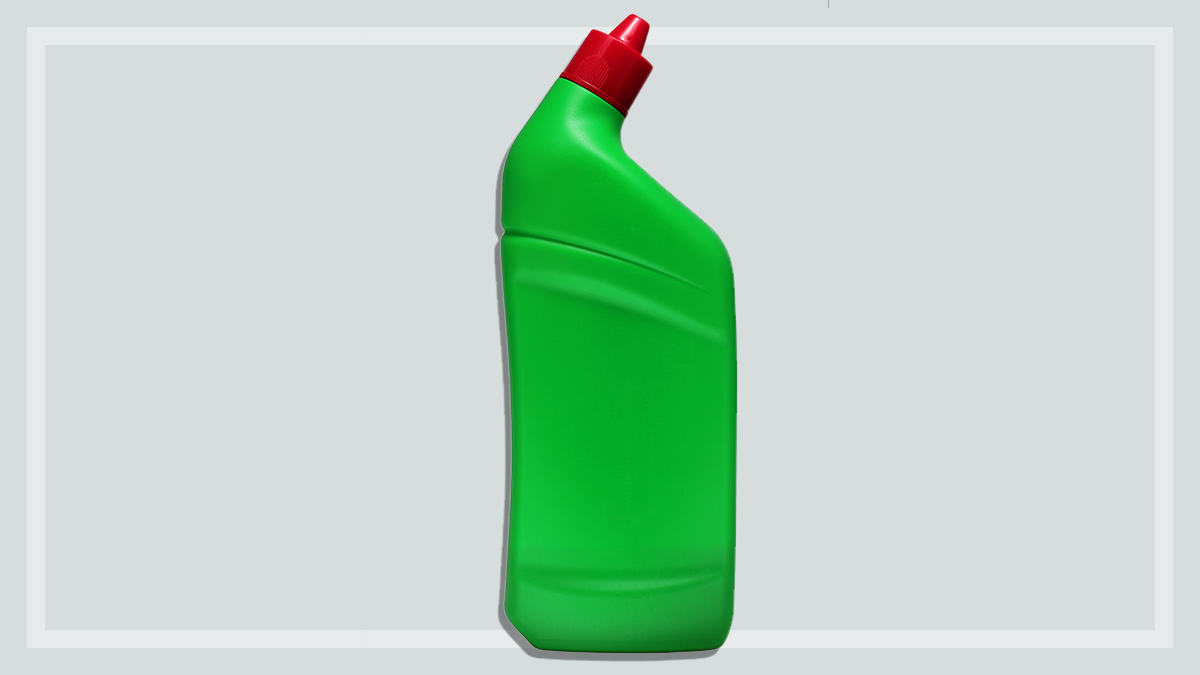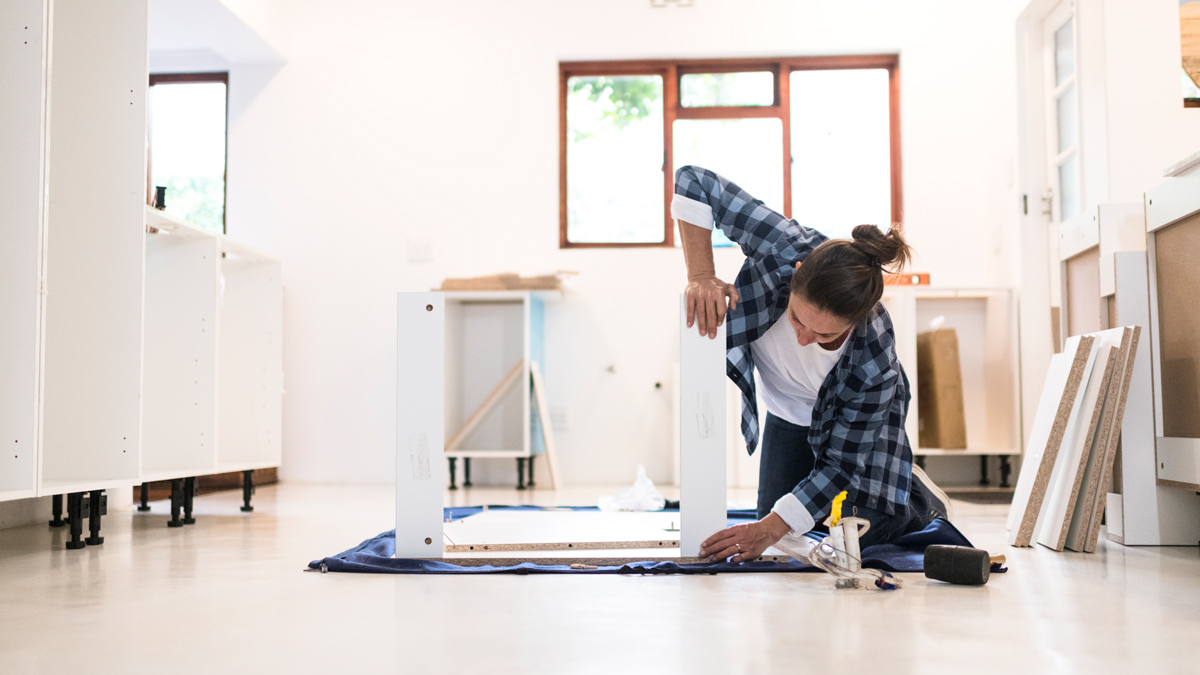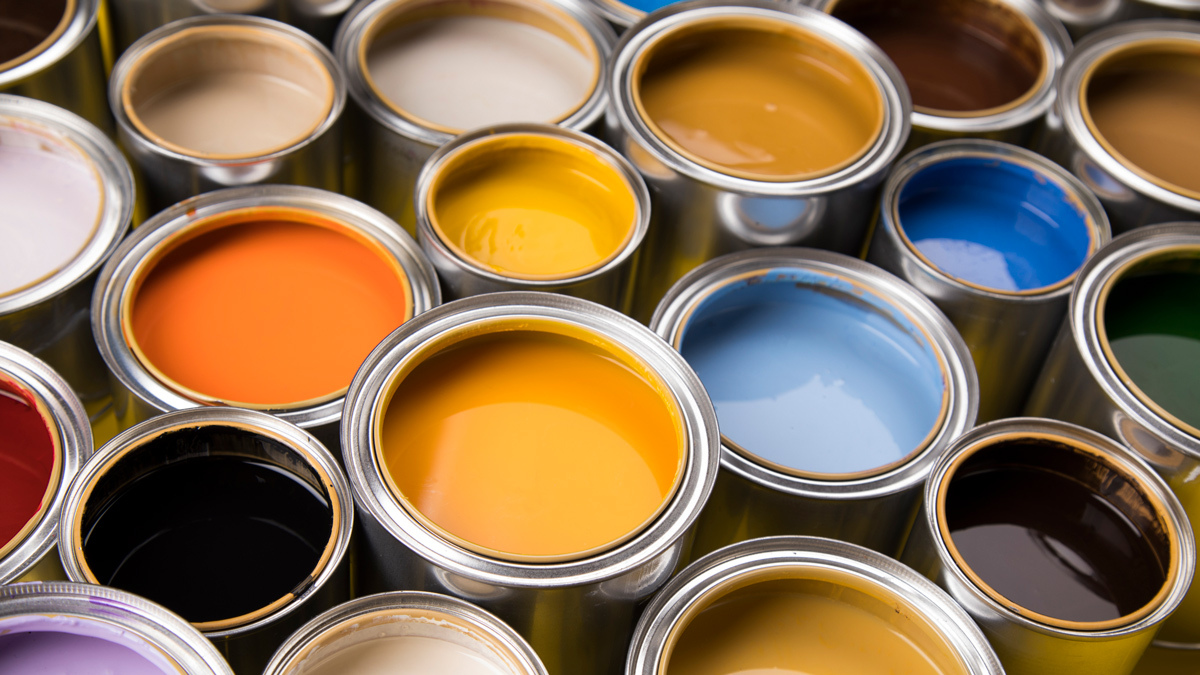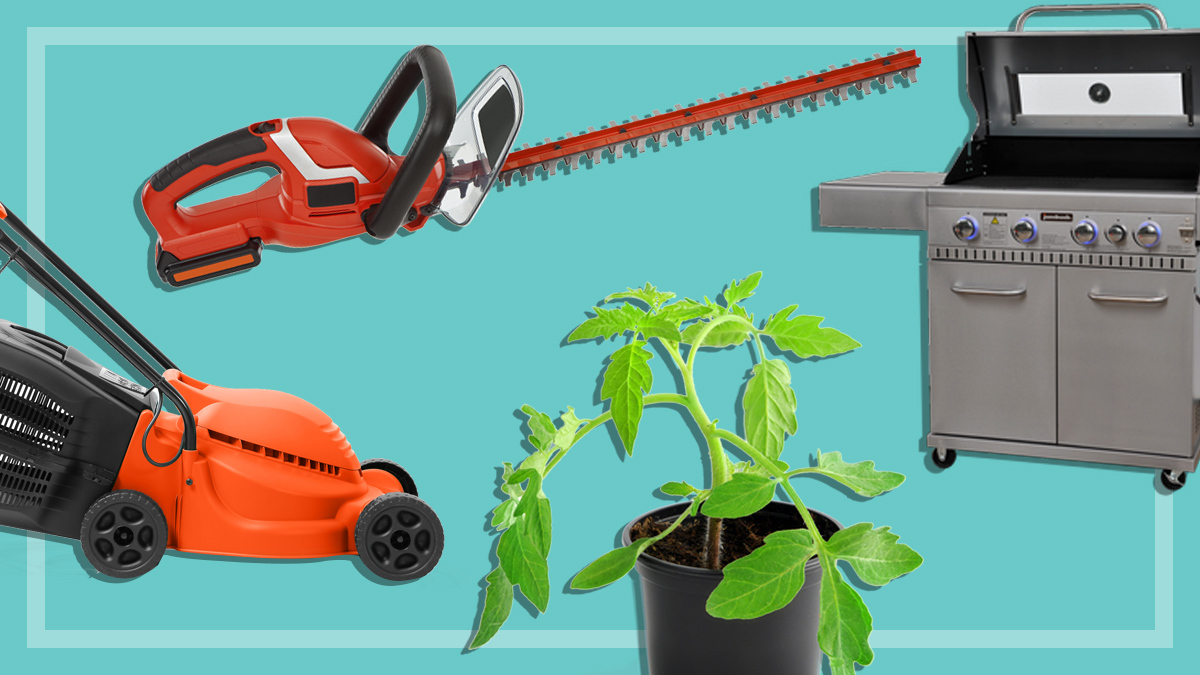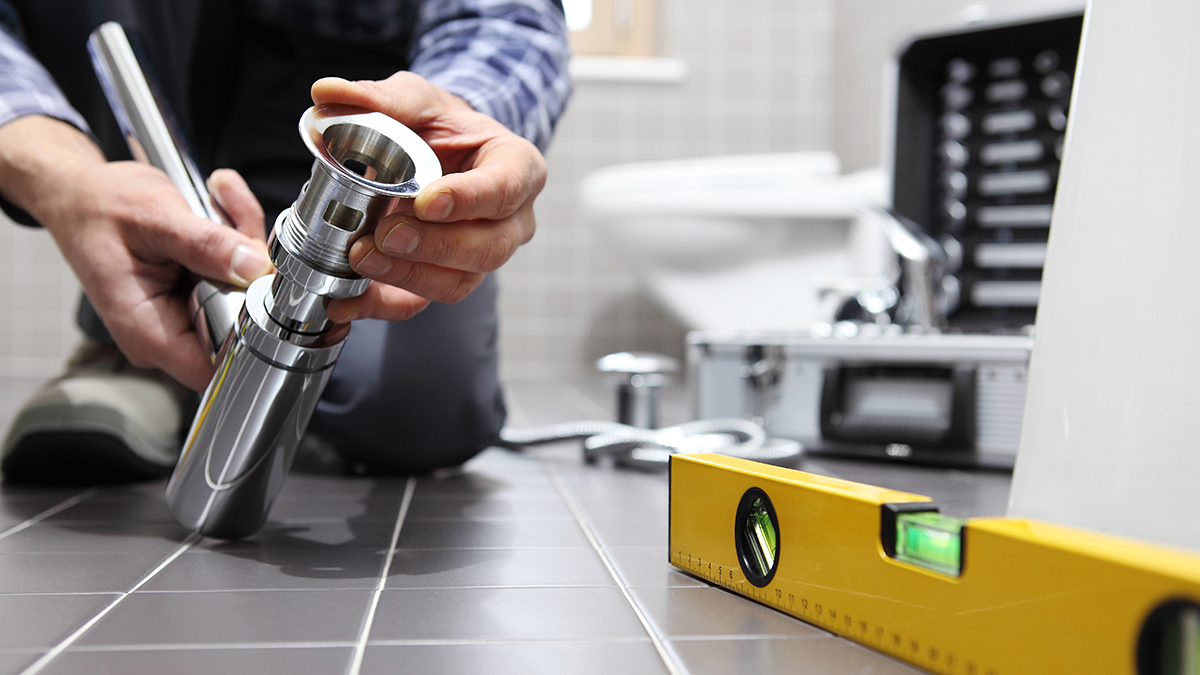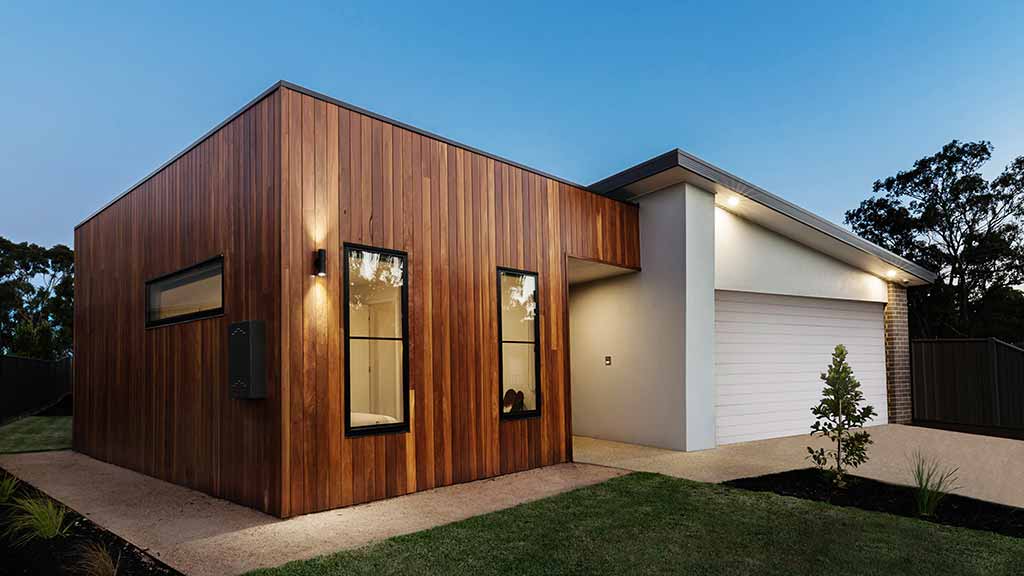Get our independent lab tests, expert reviews and honest advice.
Should you buy a bidet?

Did you run short of toilet paper during the start of the COVID-19 pandemic? You’re not alone. And it’s resulting in a current explosion in bidet sales worldwide. So what exactly are bidets? And should you get one?
On this page:
We’ve investigated the different types of bidet available, how they work, as well and their pros and cons, to help you decide whether a bidet is right for you.
What is a bidet?
Common in parts of Asia, South America and Europe, and becoming increasingly popular in Australia, bidets offer an alternative to using toilet paper.
Thought to have been invented in France in the 1700s (although the exact date isn’t known), these standalone basins were used regularly to keep people ‘fresh’ between their weekly baths, and royalty used them to ‘clean up’ after horse rides. In fact, the word ‘bidet’ comes from the French word for ‘pony’, as users would sit astride bidets as they would a small horse.
These days, bidets come in a range of different styles and many have extra functions as well (on which more later).
The pros:
Save on toilet paper
You use far less toilet paper than you would with a standard flush toilet – saving you money. Sales of bidets have skyrocketed in recent months due to toilet-paper shortages caused by panic buying during the COVID-19 pandemic.
Impressively hygienic
The norm in most Australian homes is to use toilet paper, but we may get a far more hygienic clean of our privates if we used water to clean up after using the toilet instead. Water is a lot more thorough than paper wipes and the effectiveness (or lack of it) of handwashing after wiping is also an issue.
Super soothing
Bidets can help relieve haemorrhoids, as well as some of the symptoms of constipation and inflammatory bowel disease.
Super helpers
Older people, people with disabilities and children who are toilet training – and those who care for them – can all benefit from the greater autonomy and hygiene that bidets offer.
The cons:
Ick factor
For those of us brought up on toilet paper, the idea of using a bidet – a jet of water from beneath the toilet seat – may seem unhygienic and even unpleasant. Bidets can also be hard to get the hang of and it may take a few messy tries before you master the art.
Bacterial concerns
Bidets may be less hygienic than some people claim. A 2011 study, for instance, found that regular use of a bidet toilet with warm water may aggravate vaginal microflora by washing away the good bacteria as well as the bad. It could also lead to bad bacteria from faecal matter, causing infections when a water stream meant for the bottom reaches the vagina.
Paper still needed?
Bidets may save on toilet paper, but they don’t necessarily remove the need for it completely. Many use paper to pat themselves dry afterwards.
Different types of bidet
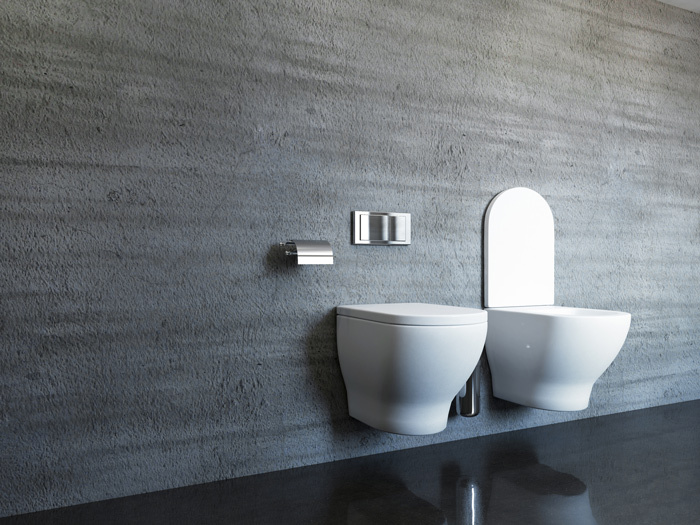
The ‘standalone’ bidet
This traditional type is a completely separate bowl that looks a bit like a low sink, has one or two taps attached, and is commonly installed beside the toilet.
Once users have finished on the toilet, they move to the bidet and, facing the wall, straddle the bowl. Traditional bidets don’t have seats, so users need to squat in place or sit on the bowl’s rim.
When the tap is turned on, a stream of water shoots from jets to wash the genitals and anus. Some bidets don’t use water jets – instead, taps fill the basin with water and users clean themselves by hand.
Other standalone bidets use only cold water. Others are connected to hot water, too, so you can make the water warmer. Once they’ve finished washing, users can dry themselves off with a clean towel or toilet paper.
Pros and cons
As with all types of bidets, the standalone bidet offers an easy and arguably more hygienic alternative to wiping with just toilet paper. But there are some possible downsides to a standalone bidet, too.
This style of bidet demands more space in the bathroom, as well as extra cleaning. You’ll also have to get off the toilet (which may mean getting undressed or removing your trousers or pants). They can also be more expensive than other types of bidet to buy and install.
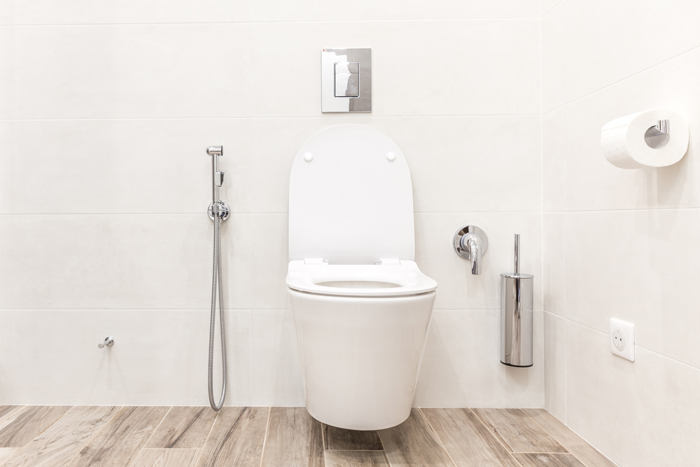
Handheld bidets
Handheld bidets are also called a ‘shattaf’ (washer) and are particularly popular in the Middle East and parts of Asia. This type of bidet (sometimes known colloquially as a ‘bum gun’) is a simple water hose with a nozzle controlled by the user. It’s attached to the side of the toilet and draws water from the toilet’s own supply. You use a shattaf while you’re still on the toilet, then flush the water away.
Pros and cons
Handheld bidet sprays can sometimes be hard to direct so they may cause a bit of a watery mess. This also means you’ll have to get the walls and floor around the toilet waterproofed as part of the installation. Traditionally, their water isn’t heated, which some users may find uncomfortable.
On the plus side, they’re much cheaper to buy and install than traditional standalone bidets, while offering the same hygienic benefits.
You’ll need a registered plumber
In Australia, handheld bidets should be installed by registered plumbers, as those manufactured overseas may not be suitable for our high-pressure water mains systems.
Back siphonage, or ‘backflow’, can occur if there’s a drop in water pressure in the pipes. This can be prevented by a special device, such as a one-way RPZ valve, which stops the backflow of sewage and contaminated water into a mains water system. Contamination from cross connections can also occur if they’re not installed properly.
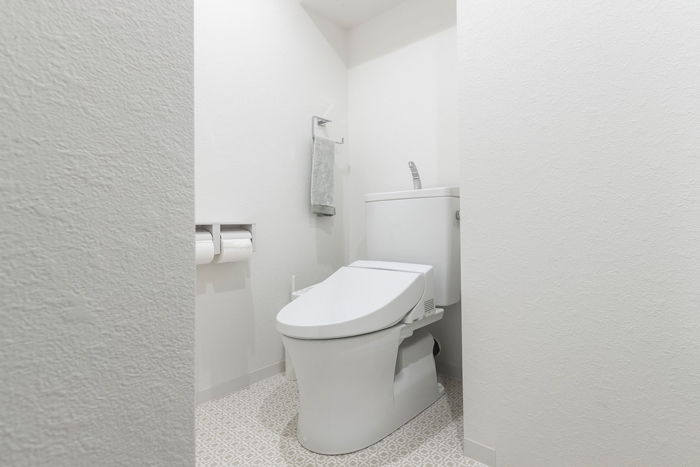
Detachable bidet seats
One way to convert your standard toilet into a bidet is to use an additional detachable bidet seat. This goes under the existing seat or replaces it entirely.
You then straddle the toilet bowl and adjust the knob on the detachable seat to set the nozzle spray.
There’s a wide and varied range of detachable bidet toilet seats out there, from the simply manual to the impressively automated. Do your research to find one that’s right for you.
Pros and cons
Generally speaking, these bidets are cheaper than other types, while working just as well. But they can be bulky and, depending on their shape and style, may not fit or sit well under your existing toilet seat.
On the move?
There are even bidet products out there for travellers. In general, travel bidets are compact, nozzled squeeze bottles that you fill with water at the desired temperature.
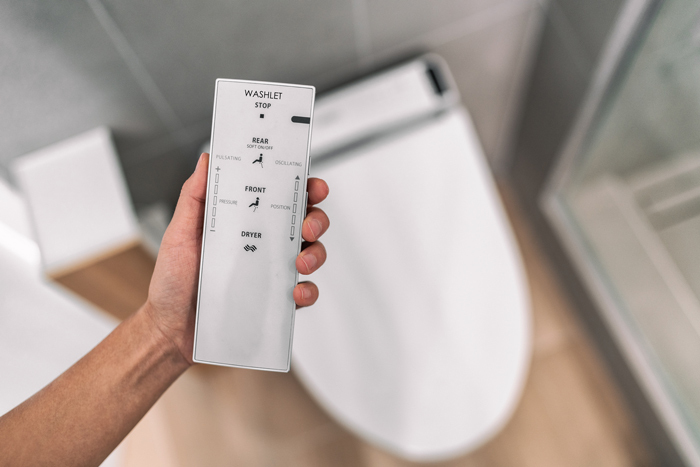
Smart toilets and electronic bidets
The latest electronic bidets offer users all kinds of convenient and interesting features.
They include self-warming toilet seats, room sensors, ambient music soundtracks, adjustable water temperatures, inbuilt air-drying vents, deodorisers, and variable spray angles and pressures.
Pros and cons
Smart toilets are convenient, self-cleaning and can be used as conventional paper-flushing toilets as well. They’re extremely common in Japanese homes and are becoming increasingly popular in Australia, too.
But this type of bidet is a standalone appliance that will have to be installed by registered plumbers and electricians. The appliance itself can be expensive and its technology may date quite quickly. Also, because smart toilets are so sophisticated, the costs of servicing, repairs and parts replacement can be high.
Electronic bidets start from about $250, but more premium models can cost well over $1000.
Can I install a bidet myself?
In a word, no – unless you happen to be a licensed plumber.
Due to the increased interest in bidets, Standards Australia and the Australian Competition and Consumer Commission (ACCC) recently published reminders about the importance of following regulations and the potential dangers of installing a bidet yourself.
In Australia, the installation of bidet products connected to the drinking water supply must be done by a licensed plumber – it’s illegal to do it yourself. All bidet products must also be certified through the WaterMark Certification Scheme.
“It’s great individuals are inspired to start projects and find solutions during this challenging time,” says Standards Australia spokesperson Daniel Chidgey. “However, in this instance, it’s important the installation of these types of products are left to plumbing professionals.”
How to use a bidet
Although there are many types of bidet, offering a range of different features, they all share the same basic function – to wash your genitals and anal area with water. So here’s a general step-by-step guide on how to use one:
- Get acquainted with your bidet. If you haven’t used a bidet before, have a careful look at the functions to get a good understanding of how yours works. Make sure the jets are in a position that’s right for you.
- Use the toilet first. Remember, stand-alone bidets aren’t designed for any kind of toileting or for toilet paper. If you have a bidet that’s integrated into the toilet, flush it before using its bidet functions.
- Remove clothing. If you don’t want to risk getting your trousers wet, it’s best to take them off entirely before using the bidet.
- Straddle the bowl (depending on the bidet type). Squat or sit facing the jet with one leg on each side of the bowl. Prepare your water flow, temperature and functions. If you’re using a handheld bidet, point the nozzle towards your backside.
- Water wash. If you need extra cleaning, use your hand or a washcloth.
- Dry yourself. Once you’ve finished washing, you’ll need to dry off. Some bidets have their own convenient drying function. Otherwise, use paper or a towel to pat yourself dry.
- Flush. Some bidets are self-cleaning, others have to be cleaned manually.
- Wash your hands. Important at the best of times, but even more so during a public health crisis.
‘Living the bidet life’: Charlie and Alex’s story
Charlie from Marrickville, NSW, says he and his partner, Alex, discovered the benefits of the bidet while on a holiday in Thailand.
“At first we were totally sceptical of the Rolls Royce-level Toto bum washer at our resort – especially when it lit up and played music the second you walked into view,” he says. “But after a few uses we became kind of obsessed with it.”
On their return to Australia from their holiday, Charlie decided they had to have one in their own home. “Ours is just a cheapie no-name from Amazon called ‘auto-electric toilet seat bidet’ – and you simply place it over and inside your existing toilet bowl,” says Charlie.
I wish I’d bought a sleeker, better one pre-coronavirus, because prices have really shot up
“The brand was the only one available at an entry-level price – we paid about $350. It doesn’t have any fancy music or anything, but it has a dryer function and a heated seat. And you can switch it so the water hits your ‘lady parts’, too, if you want.”
Paper saving
Charlie uses the bidet every day and although his partner, Alex, isn’t as dedicated to it, she says she can appreciate its toilet-paper-saving benefits.
“The bidet lives in Charlie’s bathroom rather than mine, and he barely uses a toilet roll a week now – whereas my son and I will go through about three a week in our bathroom,” she says.
But Charlie says there are a few downsides as well. “It fits onto the existing toilet but it’s not pretty (it has a horrible flower design on it) or particularly comfortable,” he says. “It reduces the bowl size of the toilet so you feel a bit like you’re sitting on a kid’s training seat.
“And it also makes the toilet seat wider, which blocks the toilet-roll holder – so now the toilet paper has to sit on the bench. And you really do still need to have toilet paper in the room for the non-bidet-ers and also for what I call the ‘safety wipe’ – a final quick swipe just to be sure the bidet did its job.”
‘It looks hideous’
Alex says she appreciates the bidet’s function, but admits she’s not a fan of its style. “I think it looks hideous,” she says. “If we had a better-looking one, I’d be fine, but it’s plasticky and there’s a reason it stays in Charlie’s bathroom!”
Charlie’s only regret regarding his bidet seat is that he didn’t buy a nicer one. “I wish I’d bought a sleeker, better one pre-coronavirus, because prices have really shot up,” he says.
Most people definitely think we’re crazy
The bidet seat gets a mixed response from visitors to Charlie and Alex’s home.
“Most people definitely think we’re crazy and lots of people hate it,” Alex says, laughing. “Occasionally, friends are brave enough to try it out and we hear lots of alarmed yelps coming from the bathroom.
“But the good thing is that you can use it like a regular toilet if you want to – the flush still works in the same way – so you don’t have to use it if it weirds you out too much.”

